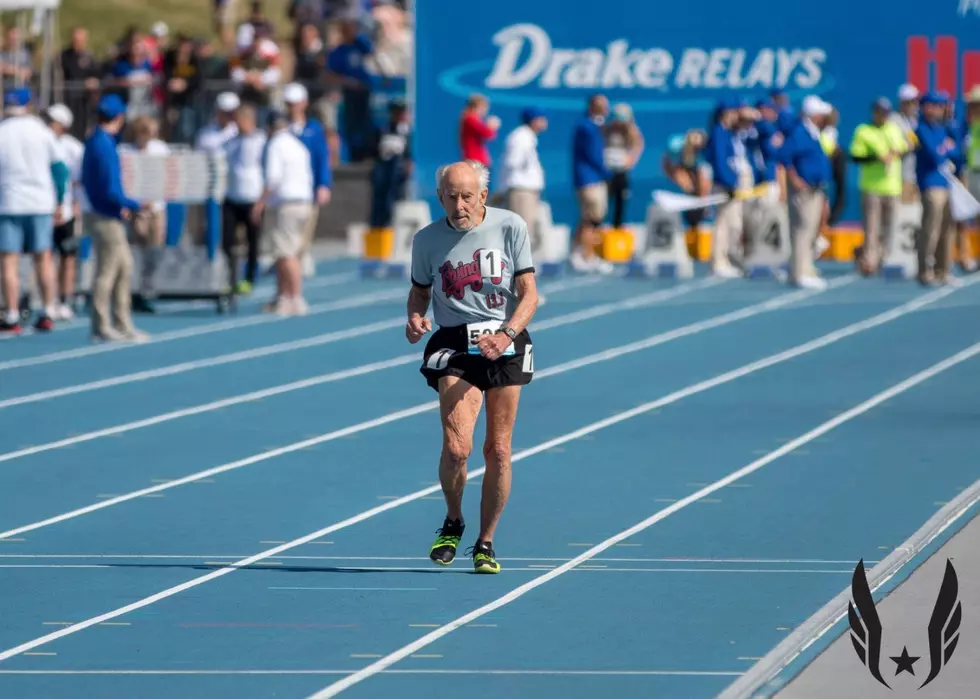The summers featuring Olympic Games or World Championships are some of the most exciting for Track & Field fans. I've been glued to my television just about every night this past week, watching the World Championships at the famed (and newly-renovated) Hayward Field in Euguene, Oregon.
With that in mind, this week's selection of Top 5 Running Stories is, by default, World Championships-heavy, but not exclusively. I tried to showcase some of the stories behind the scenes that piqued my interest.
_________________________________________________________________________________
Syndney McLaughlin's youth track coach knew what was coming
Late tonight we all saw Syndney McLaughlin not only break her world record in the 400H, but SMASH it to smithereens. As a bonus, she's also now a World Champion. This article from The New York Times is an interesting Q&A with one of McLaughlin's earliest coaches. A woman who saw her potential from the start.
Lisa Morgan, ...A five-time U.S.A. Track & Field junior national team coach, was also a longtime coach at Columbia High School in Maplewood, N.J. McLaughlin, who grew up in central New Jersey and ran at Union Catholic High School, was a friendly rival and then ran for Morgan on multiple junior national teams.
What was the most important thing you instilled in her?
Believing in who she was. The confidence. Step on that line and believe in you and use your God-given talent to do what you are supposed to do. That is what I instilled in her. You are competing against the world, across the globe in another country and you are competing for your country. You have to ste up. Your team is counting on you to bring back gold for your country.
________________________________________________________________________________
________________________________________
________________________________________
Opinion: The Day the Shoes Blotted Out the Sun
[Sound off in comments below, please.]
______________________________________________________
Defying claims that plant-based diets lack for protein or hinder athletic performance, vegan athletes worldwide have proved otherwise, including some of the most accomplished competitors in the world. The latest to prove the naysayers wrong: Vegan runner Mike Fremont, who turned 100 years old in February and celebrated with a run around Vero Beach in Florida.
Fremont adopted a vegan diet at the age of 69 after receiving a daunting cancer diagnosis. He turned down what his doctors told him was life-saving surgery in favor of switching to a whole food plant-based diet. Now, Fremont, the oldest known vegan runner, holds the marathon distance world records for single-year age groups of 88 and 90.
Make sure to keep scrolling this article to read mini-profiles of surfers, professional tennis players, NFL & NBA players, etc. all of whom are THRIVING on a vegan diet, including ultra-runners Scott Jurek & Matt Frazier and sprinters Morgan Mitchell & Elijah Hall.







